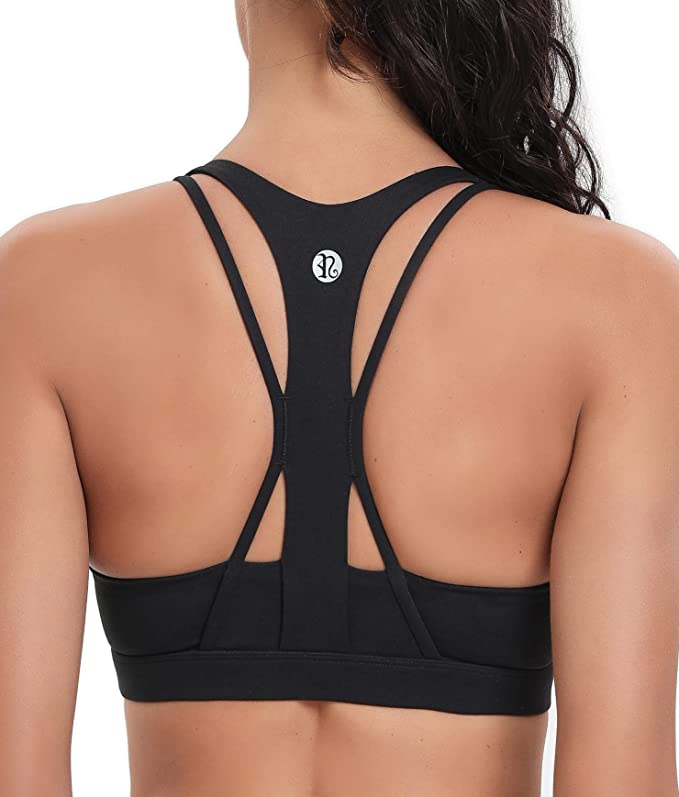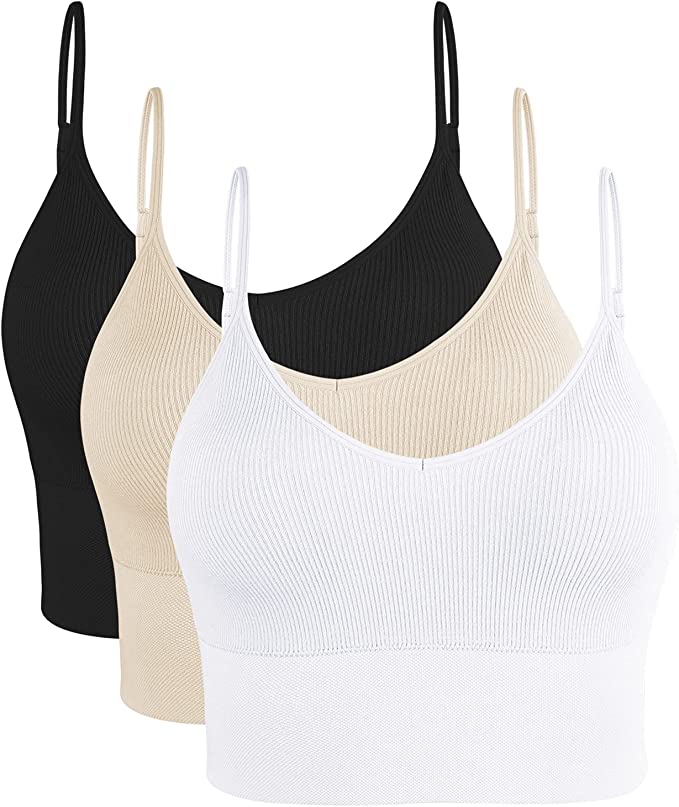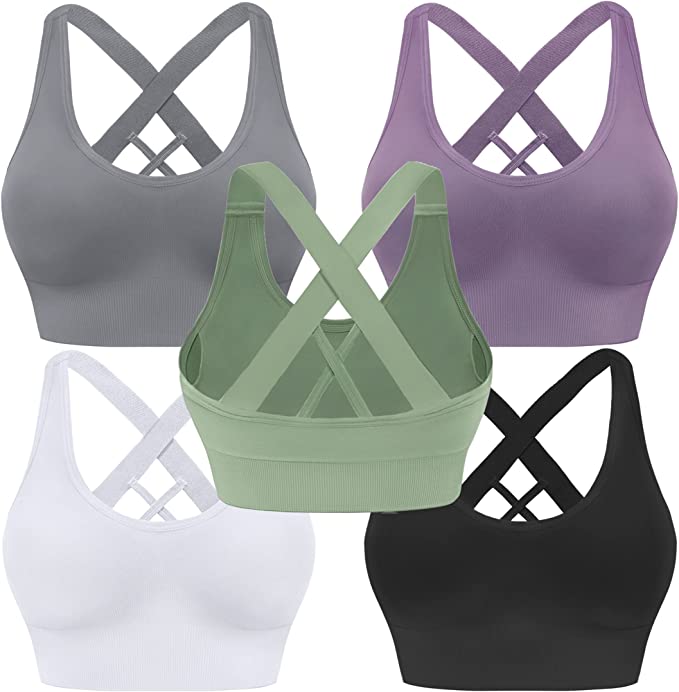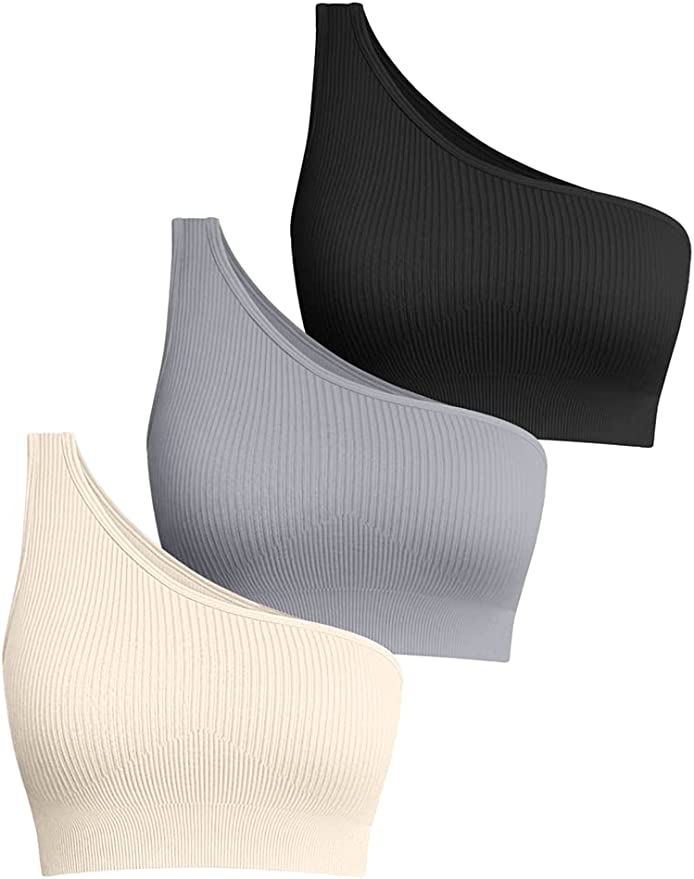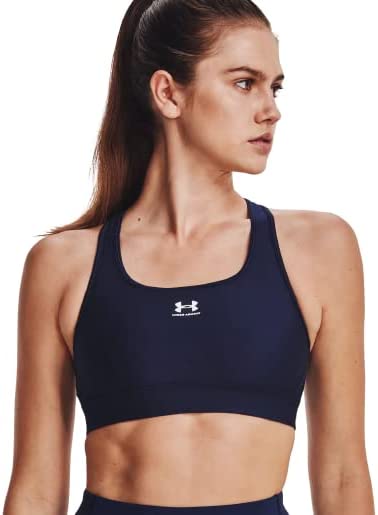AOVIECH Vibration Plate - Boost Your Fitness with Whole Body Vibration
Update on Feb. 20, 2025, 3:56 p.m.
A Buzz About Vibration: An Intriguing Introduction
Have you ever felt that subtle hum, that invigorating energy, after a particularly good workout? Or perhaps you’ve noticed the gentle shake of a massage chair, designed to ease tension and promote relaxation. What if you could harness that power of vibration, not just for relaxation, but for a full-body workout that’s both efficient and effective? This is the promise of Whole Body Vibration (WBV) training, a fascinating field that’s gaining traction in the worlds of fitness, rehabilitation, and even space exploration.

From Russia with Buzz: A Brief History of Vibration Training
The story of WBV begins not in a gym, but in the high-stakes world of space travel. In the 1960s, Soviet scientists were grappling with a serious problem: cosmonauts returning from extended missions in zero gravity suffered significant bone density loss and muscle atrophy. To combat this, they turned to vibration. By subjecting cosmonauts to controlled vibrations, they discovered they could stimulate bone and muscle growth, effectively counteracting the detrimental effects of weightlessness. This pioneering research laid the foundation for what we now know as Whole Body Vibration training. From these cosmic beginnings, WBV has made its way into gyms, clinics, and homes around the world, offering a unique approach to fitness and well-being.
The Science of Shaking: Unpacking the Biomechanics of WBV
So, how does standing on a vibrating platform actually translate into physical benefits? The answer lies in a fascinating neuromuscular response called the tonic vibration reflex (TVR). Imagine your muscles as a complex network of sensors and fibers. Within these muscles are specialized receptors called muscle spindles. These spindles are incredibly sensitive to changes in muscle length. When you stand on a vibrating platform, like the AOVIECH Vibration Plate, the rapid oscillations cause your muscles to lengthen and shorten very quickly.
This rapid change in length triggers the muscle spindles, sending a signal to your spinal cord. Your spinal cord, in turn, sends a signal back to the muscles, telling them to contract. This happens involuntarily, many times per second. Think of it like a tiny, rapid-fire version of flexing and relaxing your muscles, but on a much faster and more intense scale. This is the TVR in action.
The AOVIECH Vibration Plate, with its adjustable vibration speeds ranging from 1 to 120 levels, allows you to fine-tune this effect. Lower levels provide a gentle stimulus, perfect for warming up or for individuals new to WBV. Higher levels create a more intense muscle activation, challenging even seasoned athletes. This ability to customize the intensity is a key feature that makes WBV accessible to a wide range of users.

Vibration’s Ripple Effect: Evidence-Based Benefits of WBV
The rapid muscle contractions induced by WBV have a cascading effect, leading to a variety of potential benefits:
-
Muscle Strength and Power: As mentioned earlier, the TVR forces your muscles to work harder than they would during static exercises. A study in the Journal of Strength and Conditioning Research showed that combining WBV with resistance exercises led to greater strength gains than resistance exercises alone.[1] This makes WBV a valuable tool for building strength and power, particularly in the legs and core.
-
Bone Density and Osteoporosis Prevention: The mechanical loading placed on your bones during WBV stimulates the activity of osteoblasts, the cells responsible for building new bone tissue. Research published in Osteoporosis International found that WBV therapy could significantly improve bone mineral density in postmenopausal women, a population particularly at risk for osteoporosis.[2]
-
Balance and Fall Prevention: WBV challenges your body’s proprioceptive system – your sense of where your body is in space. This constant challenge helps improve your balance and coordination, reducing the risk of falls, especially in older adults. A meta-analysis in the Archives of Physical Medicine and Rehabilitation confirmed that WBV training could significantly improve balance and postural control in older adults. [3]
-
Circulation and Lymphatic Drainage: The vibrations generated by the platform promote increased blood flow throughout the body. This enhanced circulation delivers more oxygen and nutrients to your muscles and tissues, aiding in recovery and reducing muscle soreness. Some research also suggests that WBV may stimulate lymphatic drainage, helping to remove waste products from the body.[4]
-
Flexibility and Range of Motion: The vibratory stimulus, combined with gentle stretching exercises performed on the vibration plate, helps increase the extensibility of soft tissues.
Vibration for Everyone: Tailoring WBV to Different Needs
The beauty of WBV lies in its versatility. It’s not just for elite athletes or fitness enthusiasts; it can be adapted to suit a wide range of individuals and needs:
-
Older Adults: As we age, maintaining muscle mass, strength, and balance becomes crucial for preserving independence and preventing falls. WBV offers a low-impact, time-efficient way for older adults to achieve these goals.
-
Rehabilitation Patients: For individuals recovering from injuries or surgeries, WBV can provide a gentle yet effective way to regain strength, mobility, and function. The controlled vibrations can help stimulate muscle activity without placing excessive stress on joints.
-
Athletes: Athletes can incorporate WBV into their training programs to enhance muscle power, improve flexibility, and accelerate recovery. The vibrations can act as a warm-up before exercise or a cool-down afterward.
-
Individuals with Limited Mobility: For those who find traditional exercise challenging due to physical limitations, WBV offers an accessible alternative. The low-impact nature of WBV makes it suitable for individuals with joint pain, arthritis, or other mobility issues.
Vibration Platforms: Navigating the Options
While many vibration platforms exist, they can primarily be divided in two main categories: * Sinusoidal Vibration: These platforms create a vertical vibration, moving up and down. * Tri-Planar Vibration: The vibration occurs in three planes (up and down, side to side, and front to back).
Without more detailed specifications on the AOVIECH vibration plate, it’s difficult to confirm which vibration type it uses. However, the wide range of speed settings suggests it’s likely designed to provide a significant vibratory stimulus regardless of the specific plane of motion.

Vibration Plate Exercises: Maximizing the Benefits
The AOVIECH includes 2 resistance workout bands. Those bands can be used to perform exercises to increase muscle strenght.
To get the most out of your WBV sessions, proper posture and technique are essential:
-
Maintain a “Soft Knee” Position: Always keep your knees slightly bent. This acts as a natural shock absorber, preventing the vibrations from traveling directly up your spine and into your head.
-
Engage Your Core: Actively engage your abdominal muscles throughout the exercise. This helps stabilize your body and protect your lower back.
-
Foot Placement Matters: Experiment with different foot positions on the platform. Placing your feet closer to the center generally reduces the intensity of the vibration, while placing them further apart increases it.
-
Start Slow and Listen to Your Body: Begin with lower vibration levels and shorter durations (e.g., 1-2 minutes). Gradually increase the intensity and duration as you become more comfortable.
-
Addressing Head Vibrations: If you ever encounter head vibrations it is important to correct it in order to avoid discomfort. Here is a few tips in order to avoid such discomfort.
- Knee Position: Keeping the knees bent acts as a natural shock absorber.
- Core Engagement: Engaging the abdominal muscles helps with stability and balance.
- Foot Placement: Experimenting with different foot positions can help find the best balance.
- Gradual Progression: Slowly increasing the duration and intensity.
- Professional Consultation: Consulting a doctor before beginning new exercises is important.
Here are some basic exercises you can perform on the AOVIECH Vibration Plate:
- Basic Standing: Simply stand on the platform with your feet shoulder-width apart, knees slightly bent, and core engaged.
- Squats: Perform squats as you normally would, but on the vibrating platform.
- Calf Raises: Stand on the platform with the balls of your feet on the edge, allowing your heels to hang off. Raise up onto your toes and lower back down.
- Push-Ups (Modified): Place your hands on the platform and your knees on the floor. Perform push-ups with a straight back.
- Plank: Place your forearms on the platform and extend your legs straight out, forming a straight line from head to heels.
The AOVIECH Vibration Plate’s compact size (20”D x 12”W x 5”H) makes it ideal for home use, and its included remote control allows you to adjust settings without interrupting your workout. The built-in Bluetooth connectivity lets you enjoy your favorite music while you exercise, adding an element of fun to your WBV sessions. And, with its anti-slip coating you can confidently perform your exercises, knowing that you have a secure footing. The addition of resistance bands further expands the exercise possibilities, allowing you to incorporate upper body workouts and target a wider range of muscle groups.
Vibration Myths and Realities: Separating Fact from Fiction
As with any relatively new fitness technology, WBV has been surrounded by both excitement and some misconceptions. Let’s address some common myths and realities:
-
Myth: WBV is a “magic bullet” for weight loss and fitness.
- Reality: WBV can be a valuable tool for improving fitness, but it’s not a replacement for a healthy diet and a comprehensive exercise program. It’s best viewed as a complement to other forms of exercise, such as cardio and strength training.
-
Myth: WBV is dangerous and can cause injuries.
- Reality: When used correctly, WBV is generally safe for most individuals. However, there are some contraindications. People with certain medical conditions, such as:
- Pregnancy
- Acute thrombosis
- Recent fractures
- Pacemakers or other implanted electronic devices
- Severe cardiovascular disease
- Epilepsy
- Recent surgeries
…should consult their doctor before using a vibration plate.
- Reality: When used correctly, WBV is generally safe for most individuals. However, there are some contraindications. People with certain medical conditions, such as:
-
Myth: All vibration plates are created equal.
- Reality: There’s a wide range of vibration platforms available, with varying frequencies, amplitudes, and types of vibration. The quality and effectiveness of different plates can vary significantly.
-
Myth: Longer WBV sessions are always better.
- Reality: More is not always better. Starting with shorter sessions (e.g., 1-2 minutes) and gradually increasing the duration as you become accustomed to the vibrations is crucial. Overtraining on a vibration plate can lead to muscle fatigue and soreness.
-
Myth: Head Vibration is dangerous
- Reality: Discomfort in the head is related to posture and the dampening of vibrations.
The Future of Vibration: What’s Next?
The field of WBV is constantly evolving. Researchers are continuing to explore its potential benefits for a wide range of health conditions, and engineers are developing more sophisticated vibration platforms. Some exciting future directions include:
-
Personalized Vibration Settings: Imagine a vibration plate that automatically adjusts the frequency and amplitude based on your individual needs and goals. This level of personalization could optimize the effectiveness of WBV training.
-
Integration with Other Technologies: Combining WBV with virtual reality (VR) or augmented reality (AR) could create immersive and engaging workout experiences.
-
Targeted Therapies: Research is exploring the use of WBV for specific conditions, such as Parkinson’s disease, multiple sclerosis, and chronic pain.
-
Data-Driven Insights: The ability to monitor various physiological responses during WBV training, can lead to more data-driven insights that maximize the benefits.
Vibrating with Knowledge: A Concluding Summary
Whole Body Vibration training offers a unique and potentially powerful approach to fitness and well-being. By understanding the underlying science – the tonic vibration reflex, the role of muscle spindles, and the biomechanical effects of vibration – you can harness the benefits of WBV safely and effectively. The AOVIECH Vibration Plate, with its adjustable settings, pre-set programs, and convenient features, provides a user-friendly platform for exploring this exciting technology. Whether you’re a seasoned athlete, a rehabilitation patient, or simply someone looking for a low-impact way to improve your fitness, WBV may offer a valuable addition to your health regimen. Remember to start slowly, listen to your body, and consult with a healthcare professional if you have any underlying health conditions. The world of vibration training is buzzing with potential – are you ready to explore it?
[References]
- Rønnestad, B. R., et al. (2012). “Effects of whole-body vibration training on strength and power in trained individuals.” Journal of Strength and Conditioning Research, 26(11), 3021-3028.
- Verschueren, S. M., et al. (2004). “Effect of 6-month whole body vibration training on hip density, muscle strength, and postural control in postmenopausal women: a randomized controlled pilot study.” Osteoporosis International, 15(8), 623-630.
- Lau, R. W., et al. (2011). “The effects of whole body vibration therapy on balance, mobility and falls in older adults: a systematic review and meta-analysis.” Archives of Physical Medicine and Rehabilitation, 92(8), 1343-1355.
- Lythgo, N., et al. (2009). “Whole-body vibration dosage alters leg blood flow.” Clinical Physiology and Functional Imaging, 29(1), 53-59.






